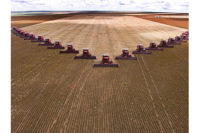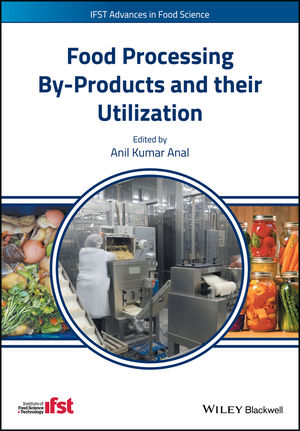The USDA recently released its 2012 crop report detailing the impact of the devastating 2012 drought. Officials have touted the biotech-enabled drought resistance of some crops—most notably corn—which helped some farmers save face last year. In fact, the report notes that we harvested 10.78 billion bushels of corn last year, one of the highest on record.
Of course, much of that corn is going to ethanol these days, a scenario that compromises food costs, as noted in a new study from FarmEcon LLC released this week (“Food Costs are Eating American Family Budgets”). As the National Chicken Council clearly notes (“Increased Food Costs Due to US Ethanol Policy are Eating American Family Budgets”), with more corn going to ethanol, the price bumps up and perishables like chicken and beef—and the consumers come checkout time—catch the brunt of it.
Despite biotech success, many farmers were hit hard during 2012, and this situation is far from over. In fact, Agriculture Secretary Tom Vilsack just designated 597 counties in 14 states as primary natural disaster areas due to drought and heat, opening the eligibility door to low-interest emergency loans. In 2012, USDA designated 71% of the United States as a drought disaster area.
News outlets have been picking up on the AP story covering the USDA crop report release, which is understandably a mix of faith in technology, thanks for debt relief and insurance and hope for the future. The story concludes with hopes for heavy spring rains (and strong winter precipitation would help…). That aspiration is nothing to shrug off lightly. The food industry—and particularly perishables that rely on grain as part of the cost-input matrix—cannot afford another year of drought.
Source: USDA-ARS
Editor's Note: This article originally appeared on www.perishablesbuyer.com, a BNP Media, sister site of ProvisionerOnline.com.
Drought devastated 2012 crops, save corn

Looking for a reprint of this article?
From high-res PDFs to custom plaques, order your copy today!






